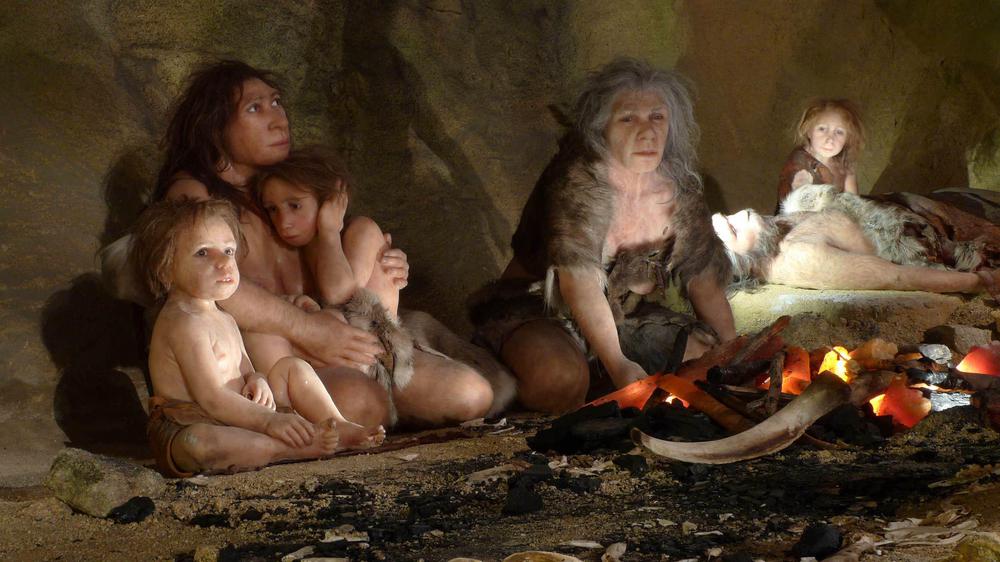Georgia, a country with a profound historical legacy, is home to numerous significant archaeological sites that provide insights into prehistoric civilizations. This article delves into the archaeology and history of Georgia, focusing on its prehistoric era, characterized by remarkable archaeological sites. These locations offer a window into the lives, cultures, and advancements of the people who inhabited this region thousands of years ago. In exploring these sites, we adhere to a factual, journalistic approach, prioritizing accuracy and detail without philosophical embellishments or subjective interpretations.
Dmanisi: A Window into Early Human Migration
One of the most significant archaeological sites in Georgia is Dmanisi, located in the Kvemo Kartli region. Famous for its hominin fossils, Dmanisi provides critical evidence of early human migration out of Africa. Excavations have uncovered skulls, jaws, and tools dating back approximately 1.8 million years, making it one of the oldest known sites of human habitation outside Africa.
The discovery of Dmanisi has dramatically altered our understanding of human evolution and migration. The hominins found here, classified as Homo erectus georgicus, display both primitive and derived features, suggesting a complex evolutionary process. The tools unearthed, primarily simple stone tools, indicate early human adaptive strategies in Eurasia.
The Enigma of Shulaveri-Shomu Culture
Another intriguing prehistoric site in Georgia is associated with the Shulaveri-Shomu culture, which thrived around 6000-4000 BCE. This culture is known for its distinctive pottery and architectural remnants, including circular mud-brick structures. The Shulaveri-Shomu culture is significant for its early development of agriculture in the South Caucasus, with evidence of cultivated grapes, which could potentially be the earliest instance of winemaking in the world.
Archaeological findings suggest that the Shulaveri-Shomu people were among the first to transition from a nomadic lifestyle to settled farming. This shift had profound implications for social organization, technological advancements, and cultural development. The ceramics found at these sites, characterized by their red or orange color and intricate designs, provide insight into the artistic expressions and daily life of this ancient culture.
Trialeti Culture: Masters of Metalwork
The Trialeti culture, flourishing during the 2nd millennium BCE, is renowned for its advanced metalworking skills and sophisticated burial practices. The Trialeti archaeological sites have yielded a wealth of artifacts, including gold and silver objects, indicative of a highly skilled craftsmanship and a prosperous society.
Key findings from the Trialeti sites include intricate jewelry, weapons, and ceremonial items, showcasing a mastery of metalworking techniques. The burial mounds, known as kurgans, contained rich grave goods, suggesting a society with pronounced social stratification and ritualistic practices. The Trialeti culture played a crucial role in the Bronze Age of the South Caucasus, with its influence evident in the spread of metallurgical techniques and cultural practices throughout the region.
Uplistsikhe: The Ancient Rock-Hewn Town
The ancient town of Uplistsikhe, dating back to the early Iron Age, around the 1st millennium BCE, stands as a testament to Georgia's rich historical heritage. Carved into rock, this site encompasses a vast complex of caves and tunnels, representing one of the earliest urban settlements in the region. Uplistsikhe is significant for its unique blend of various cultural influences, including Anatolian, Iranian, and Greek, evident in its architectural styles and artifacts found on the site.
This archaeological site provides insights into the socio-political and religious life of the period. The town's layout, with its temples, public halls, and residential areas, offers a glimpse into the community's structure and daily life. Uplistsikhe's strategic location along trade routes also highlights its role in regional trade and cultural exchanges during the Iron Age.
Vani: An Insight into the Colchian Culture
Vani, located in western Georgia, is an essential site for understanding the ancient Colchian culture, prominent from the 8th to the 1st century BCE. The archaeological excavations at Vani have revealed a wealth of artifacts, including finely crafted jewelry, pottery, and bronze sculptures, reflecting the artistic and technological proficiency of the Colchians.
The site is particularly noted for its rich tombs, which have provided invaluable information about the burial customs, social hierarchy, and religious beliefs of the Colchian society. The luxurious grave goods, often made of gold and precious stones, indicate the wealth and sophistication of this ancient civilization and its connections with the Greek world, as evidenced by the Hellenistic influences in some of the artifacts.
Archaeological Research and Preservation Efforts
The Georgian government and international organizations have put significant efforts into researching and preserving these archaeological sites. Continuous excavations and studies are conducted to uncover further details about Georgia's prehistoric past and ensure the protection of these invaluable cultural heritages. Collaborations with international archaeological teams have been instrumental in advancing research methodologies and enhancing the understanding of these sites.
The preservation of these sites is crucial, not only for historical research but also for educational purposes and cultural tourism. These efforts contribute to a deeper appreciation of Georgia's role in the broader context of human civilization and its historical trajectory.
In conclusion, Georgia's prehistoric archaeological sites, including Dmanisi, Shulaveri-Shomu, Trialeti, Uplistsikhe, and Vani, provide a rich tapestry of information about the ancient civilizations that once thrived in this region. From early human migrations and the development of agriculture to sophisticated metalworking and urban planning, these sites offer invaluable insights into human history. The continuous research and preservation of these sites are vital for deepening our understanding of the past and preserving it for future generations. Georgia's archaeological heritage is not just a national treasure but a significant contribution to the world's cultural and historical knowledge.



 Ancient Echoes
Ancient Echoes
 Ancient Cultures of Prehistoric Georgia
Ancient Cultures of Prehistoric Georgia
 Bronze Age in Georgia
Bronze Age in Georgia
 Early Inhabitants of Georgia
Early Inhabitants of Georgia




